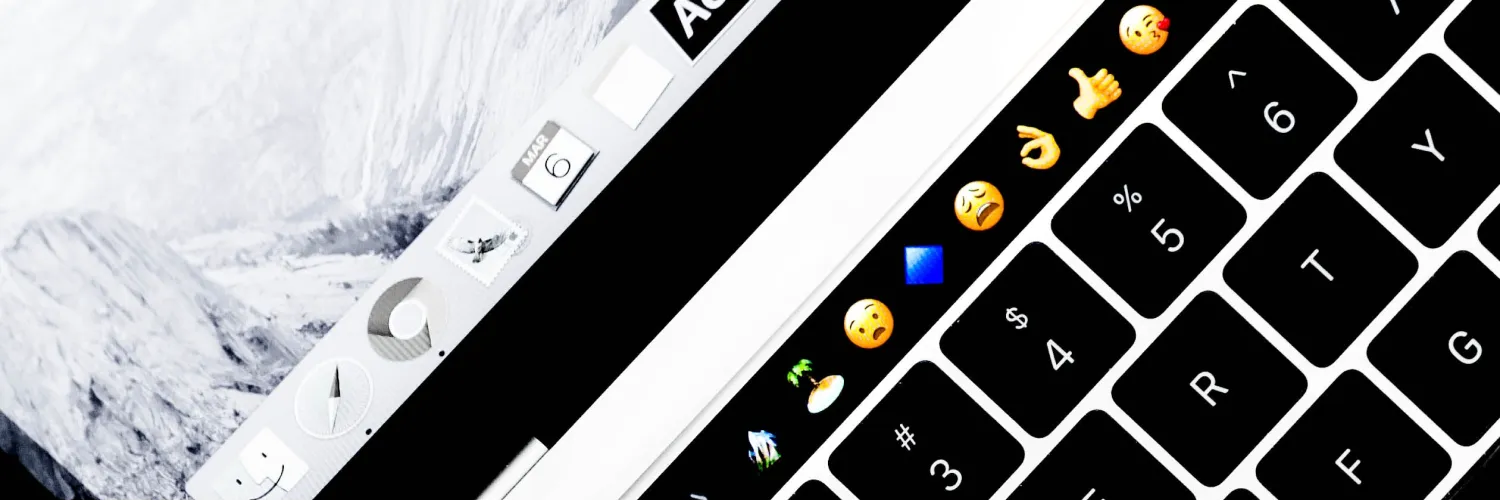In today's digital age, emojis have become a common form of communication, even in professional settings. While they can add a touch of personality and warmth to workplace interactions, it's essential to use them appropriately. Understanding how to use emojis at work can enhance your communication without undermining your professionalism. Below are key guidelines and insights on the effective use of emojis in the workplace.
When to Use Emojis
Emojis can be beneficial in certain contexts within the workplace. Here are some scenarios where their use is appropriate:
- Casual Communication: In less formal environments, such as team chats or internal emails, emojis can help convey tone and emotion.
- Team Building: Using emojis in team-building activities or informal gatherings can foster a sense of camaraderie.
- Positive Feedback: Emojis can enhance messages of appreciation, like thanking a team member for their hard work.
When to Avoid Emojis
While emojis can be effective, there are situations where their use is not advisable. Consider the following:
- Formal Communications: In formal emails, reports, or presentations, it's best to avoid emojis to maintain professionalism.
- Serious Topics: When discussing serious matters or sensitive issues, emojis may come off as disrespectful or trivializing.
- With Clients or External Partners: Unless you have a well-established relationship with a client, it's safer to avoid emojis in communications.
Understanding Emoji Meanings
Not all emojis convey the same meaning to everyone. Cultural differences and personal interpretations can lead to misunderstandings. Here’s a quick chart to illustrate some common emojis and their intended meanings:
| Emoji | Meaning |
|---|---|
| 😊 | Happiness or friendliness |
| 👍 | Approval or agreement |
| 🙌 | Celebration or praise |
| 😅 | Relief or nervous laughter |
| 😞 | Disappointment or sympathy |
Before using an emoji, consider whether its meaning aligns with your message. This helps to ensure clarity and prevent miscommunication.
Best Practices for Using Emojis at Work
To maximize the effectiveness of emojis in your workplace communication, follow these best practices:
- Know Your Audience: Tailor your emoji use based on the preferences and culture of your team. Some teams may embrace emojis, while others may find them unprofessional.
- Use Sparingly: Overusing emojis can dilute their impact and make your communication appear unprofessional. Stick to one or two per message, if necessary.
- Stick to Recognizable Emojis: Use widely recognized emojis to avoid confusion. Less common emojis may be misinterpreted.
- Consider the Context: Reflect on the nature of your message before adding an emoji. Ask yourself if it enhances the message or detracts from its seriousness.
Examples of Appropriate Emoji Use
Here are a few examples of how to incorporate emojis into workplace communication effectively:
| Context | Message |
|---|---|
| Team Achievement | “Great job on the project, team! 🎉” |
| Casual Reminder | “Don’t forget our meeting tomorrow at 10 AM! 😊” |
| Feedback | “Thanks for your hard work on this! Your effort is appreciated! 👍” |
Avoiding Miscommunication
To prevent miscommunication, consider the following tips:
- Clarify Your Intent: If you’re unsure how your emoji will be received, consider adding a clarifying statement to your message.
- Ask for Feedback: If you’re new to using emojis in your communication, ask trusted colleagues for their perspectives on your usage.
Conclusion
Using emojis in the workplace can enhance communication and foster a positive atmosphere when done appropriately. By understanding when to use emojis, recognizing their meanings, and following best practices, you can ensure your interactions remain professional and effective. Embrace the fun of emojis, but always keep professionalism at the forefront of your communications.





